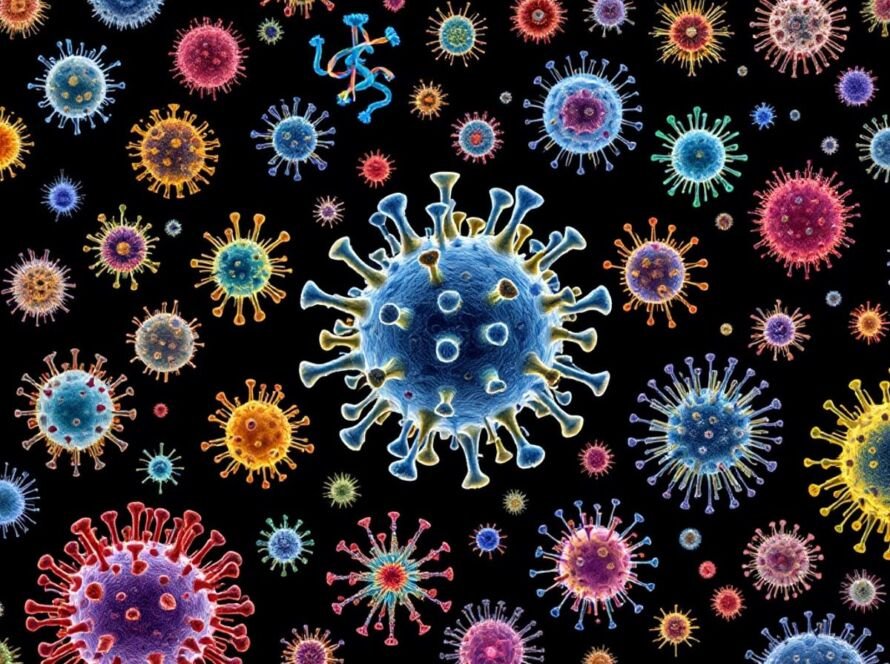A groundbreaking study has identified specific neurons in the brain’s zona incerta (ZI) that are crucial for early social interactions between infants and their mothers. These neurons, which express somatostatin, help build the maternal bond and reduce stress in infants, while increasing anxiety and fear responses in adult mice.
Key Takeaways
- Zona incerta neurons are vital for forming early maternal bonds in mice.
- These neurons reduce stress in infants but increase anxiety in adults.
- The study underscores the importance of multisensory integration in social bonding.
The Role of Zona Incerta Neurons
Specific neurons in the brain’s zona incerta (ZI) play a crucial role in the early social interactions of an infant and its mother, building their bond and reducing stress, according to a new study in mice. Activation of the same neurons in adult mice increased anxiety- and fear-like responses, the study showed.
In humans, as in other mammals, infants have an inborn tendency to form an attachment bond with their mothers or caregivers – a bond that plays a crucial role in the infant’s development. This bond helps newborns feel secure and serves as a safety net from which to explore their surroundings, learn, and develop crucial skills and behaviors.
Neural Mechanisms and Sensory Integration
The neural mechanisms underlying these important social bonds during an infant’s development are not fully understood. Given an infant’s response to their mother requires the integration of diverse sensory inputs, the ZI – a brain region that serves as a node for both external and internal stimuli – may play an important role in this process.
Previous research has shown that the ZI connects more densely to other brain regions early in life but retracts these connections after weaning. In this study in preweaning mice, Yuexuan Li and colleagues investigated the role that neurons in the ZI play to integrate the early social experiences of the infant and facilitate a maternal bond.
Study Findings
Using fiber photometry, Li et al. recorded the activity of ZI neurons in 16- to 18-day-old pups during interaction with their mother. They discovered that the presence of the pup’s mother led to increased activity of somatostatin (SST)-expressing neurons in the ZI (ZISST), but not other types.
Increased periods of social isolation between interactions with the mother did not change the activation response, suggesting that ZISST neurons track the presence of and direct interaction with the mother. Other forms of social interactions, including those with unfamiliar adults, peers, or siblings, also activated ZISST, but much more modestly.
Moreover, ZISST neurons integrate sensory signals, such as olfactory and whisker inputs, to respond to social interactions. Removing both sensory inputs reduced activation, highlighting the importance of multisensory integration.
Implications for Infant Development
According to the findings, a mother’s presence significantly influences infant behavior by reducing distress and stress hormone levels. Artificial activation of ZISST neurons mimics these calming effects during isolation.
Li et al.’s results contrast with the effects of ZISST in adult mice, where activation of the same neurons increased anxiety- and fear-like responses, indicating that this neural circuit may adapt to support the distinct needs of individuals across development.
“Our findings provide an entry point to study infant-specific responses during neurotypical and neurodivergent development,” write the authors.
Sources
- Key Neurons for Maternal Bonding Identified – Neuroscience News, Neuroscience News.
